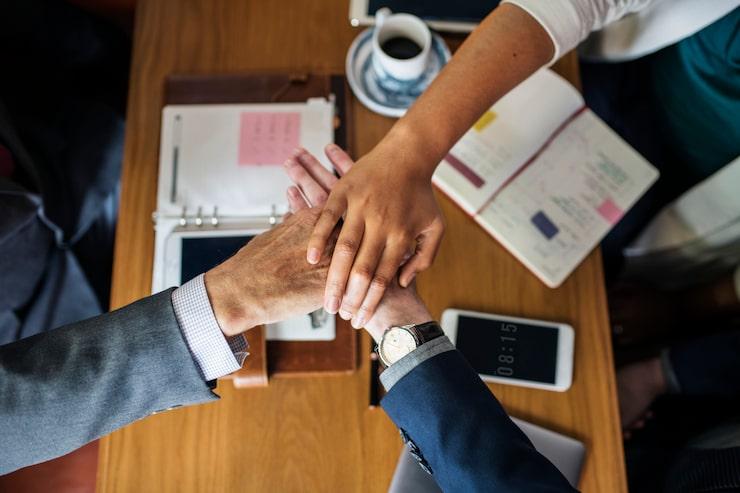The Evolution of Product Liability Laws Across the Globe

Introduction
Across centuries, societies have sculpted frameworks that regulate responsibility when manufactured items inflict damage. In early civilizations, sellers and craftsmen bore obligations for safety, though rules were loosely defined. Over time, codified systems emerged, clarifying expectations for both producers and consumers. Today, the term Product Liability symbolizes not just accountability but also the intricate evolution of jurisprudence. In professional fields, a Legal Nurse Consultant often plays a pivotal role in bridging medical knowledge with legal claims involving defective merchandise.
Historical Foundations of Liability
Ancient Practices
Babylonian codes such as Hammurabi introduced strict measures against builders and artisans for dangerous outcomes. Roman law later infused principles of fairness, distinguishing between intentional misconduct and unintended flaws. These early frameworks marked the seeds of responsibility but lacked the extensive consumer protections recognized today.
Middle Ages to Industrialization
Medieval guilds enforced internal codes that compelled craftsmen to ensure quality. With industrialization, risks magnified as mass production introduced complex machinery and chemical products. Courts began grappling with negligence, warranty breaches, and responsibility when defective goods crossed international borders.
Modern Transformation of Product Liability
United States as a Pioneer
The United States became a central force in modernizing Product Liability laws. Landmark cases expanded strict liability principles, shifting emphasis from consumer burden to producer accountability. Federal regulations and state-level variations crafted a complex yet consumer-centered framework.
Europe’s Harmonization Efforts
The European Union pursued harmonization by implementing directives that standardized liability rules across member states. This approach balanced innovation incentives with protective measures for consumers harmed by unsafe goods.
Asia-Pacific Approaches
Nations in Asia adopted hybrid models influenced by both Western doctrines and indigenous principles. For example, Japan integrates civil code traditions with consumer protection statutes, while China enforces stringent recall obligations and penalties for manufacturers.
Subfields and Professional Influence
Medical and Pharmaceutical Claims
Healthcare-related lawsuits reveal the intersection of science and law. Defective medical devices or unsafe drugs often require technical interpretation. Here, a Legal Nurse Consultant contributes specialized expertise, interpreting clinical data and linking it to liability arguments. Their role ensures accurate representation of medical evidence in complex trials.
Technology and Digital Goods
With the digital era, questions arise about software defects, cybersecurity risks, and artificial intelligence malfunctions. Traditional doctrines stretch to accommodate intangible goods, sparking debates about liability boundaries in virtual domains.
Challenges in International Harmonization
Cultural and Legal Diversity
Uniformity remains elusive. Common law and civil law jurisdictions diverge in assigning responsibility, remedies, and compensation limits. Some systems emphasize punitive damages, while others restrict remedies to compensation alone.
Global Commerce Pressure
As supply chains span continents, disputes cross multiple jurisdictions. Multinational corporations often face litigation in several countries simultaneously. This highlights the necessity for clearer treaties and cooperative enforcement mechanisms.
Emerging Trends in Product Liability
Sustainability and Environmental Responsibility
Modern consumers demand not only safety but also eco-responsibility. Cases now examine whether defective goods also contribute to environmental harm.
Artificial Intelligence Governance
AI-powered products raise questions about autonomy, foreseeability, and shared responsibility between creators and operators. Nations are gradually drafting frameworks to manage these novel risks.
Role of Expert Witnesses and Consultants
Specialized advisors—such as engineers, safety analysts, and the Legal Nurse Consultant—are increasingly vital. They translate technical knowledge into comprehensible testimony, aiding courts in delivering balanced judgments.
Case Studies Across Regions
United States
High-profile automotive recalls reveal how litigation reshapes industry standards. Lawsuits pushed companies to implement rigorous safety protocols.
Europe
Food safety scandals accelerated legislative reforms, embedding strict liability in consumer protection frameworks.
Asia
Defective infant products and hazardous toys catalyzed stronger oversight, with governments tightening inspection regimes and mandating swift recalls.
Conclusion
The global story of Product Liability reflects humanity’s quest to balance innovation with safety. From ancient codes to modern artificial intelligence debates, responsibility has steadily expanded to protect individuals in increasingly complex markets. Professionals such as a Legal Nurse Consultant reinforce justice by ensuring that medical and scientific knowledge translates accurately into legal claims. While harmonization remains a challenge, the trajectory of liability law underscores a universal commitment to consumer protection and accountability.







